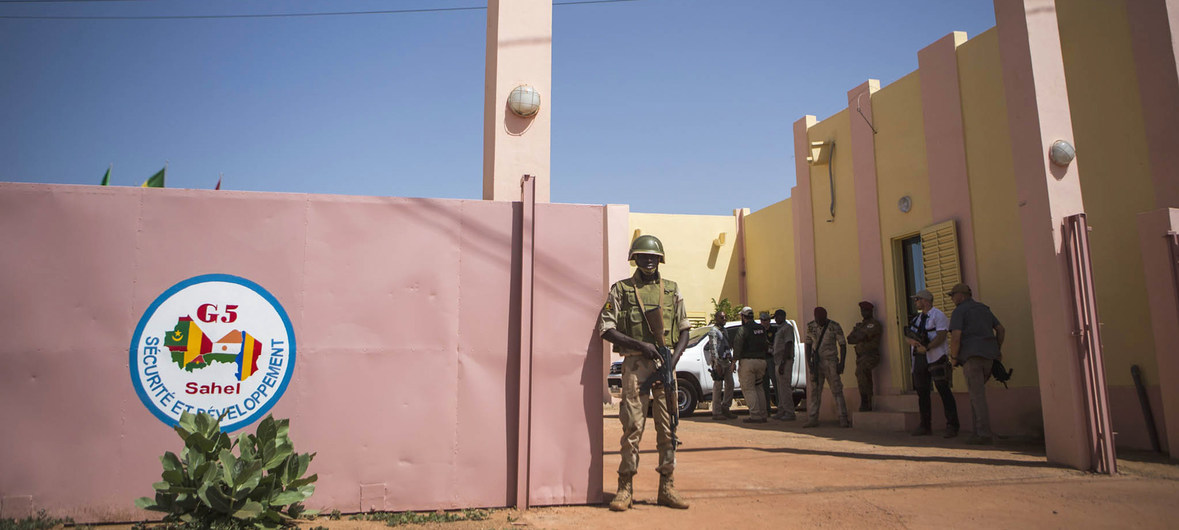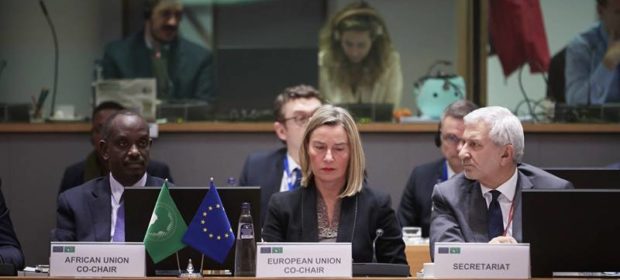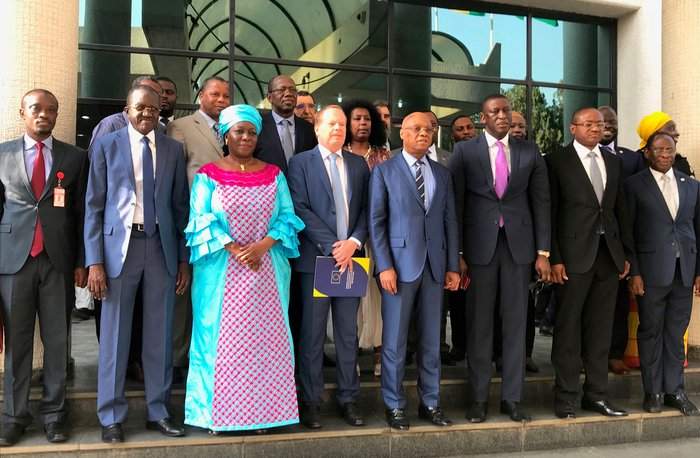African Development Bank (AfDB) has asked policymakers to put in place an orderly and predictable way of dealing with Africa’s ballooning, unsustainable external debt pile that reached $824 billion in 2021.
Africa’s $824 billion debt burden, the servicing of which requires countries to dedicate 65% of their GDP, and opaque, non-transparent resource-backed loans hamper the continent’s immense economic potential, AfDB President Akinwumi Adesina warned.
Speaking at the Semafor Africa Summit held in Washington, D.C. last week, on the sidelines of the International Monetary Fund and World Bank 2024 Spring Meetings, Adesina said that “we have responsibility for debt transparency and make sure that this whole issue of these opaque loans backed by natural resources really ends, because it complicates the issue of debt and the issue of debt resolution.”
While acknowledging the fiscal pressures faced by African countries due to the Covid-19 pandemic, rising inflation, and infrastructure needs, the AfDB chief stressed there is a need to address the structural issues in Africa’s debt landscape. To that end, he pointed to the shift from concessional financing to more expensive, short-term commercial debt, with Eurobond debt now representing 44% of Africa’s total debt, up from the earlier rate of 14-17%. Adesina also slammed the “Africa premium”, meaning higher borrowing costs that African nations have to pay when accessing capital markets, despite data showing that the continent’s default rates are lower than those of other regions.
Looking ahead, the AfDB chief still remained optimistic when he described Africa as “the best investment destination in the world”.
The Semafor summit session —titled “Rising Global Middle Class: Is Rising Developing Nation Debt a Blessing or a Curse?”—brought together a range of participants for debates on the increasing debt burden faced by developing countries as borrowing costs have risen.



